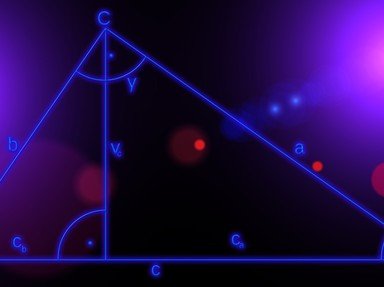Quiz Answer Key and Fun Facts
1. all sides are congruent and opposite angles are congruent
2. one pair of sides is parallel and non-parallel sides are not congruent
3. two pairs of adjacent sides are congruent and one internal angle is a reflex angle
4. opposite sides are congruent and all angles are congruent
5. one pair of parallel sides and non-parallel sides are congruent
6. all sides are congruent and all angles are congruent
7. two pairs of opposite sides are parallel and each side is congruent to its opposite side
8. no sides are parallel and no sides are congruent
9. two pairs of adjacent sides are congruent and internal angles are acute, right, and/or obtuse
10. one pair of parallel sides and two adjacent angles are right angles
Source: Author
TonyTheDad
This quiz was reviewed by FunTrivia editor
rossian before going online.
Any errors found in FunTrivia content are routinely corrected through our feedback system.
